Though you may be not interested, I will share some of my language study methods.
When I find an English expression which I want to acquire, I collect English sentences which have the same structure.
Additionally, I prepare Japanese translation.
You can see an example, in the following:
——————————————————–
come to… ~するようになる
(1) I came to understand why he said such a thing.
(2) I came to know that no such address ever existed.
(3) I’ve come to understand what he wanted to say.
(4) I’ve come to believe him.
(5) I’ve come to realize the secret of happiness.
(1) 私はなぜ彼があんなことを言ったのかがわかった。
(2) 私はそんな住所は存在しないことに気づきました。
(3) 彼が言おうとしていたことがわかるようになりました。
(4) 私は彼の事を信用するようになってきました。
(5) 私は幸福の秘訣に気づきました。
——————————————————–
To tattoo these expressions in my brain, I read these sentences aloud at least 80 times.
To begin with, I read only English sentences aloud to remember them 20 times.
Then, sometimes, usually do this once in 5 times, I take a look at Japanese sentences and check whether I can translate them into English correctly.
Afterwards, I do it 80 times. This method is quite effective for me in increasing my English speaking and writing abilities. So, if you are interested or want to give it a try in your target language, please let me know. I would like to help you.
Related links:
Boost Your Memory by 25% or More


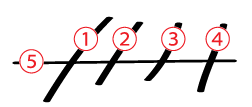









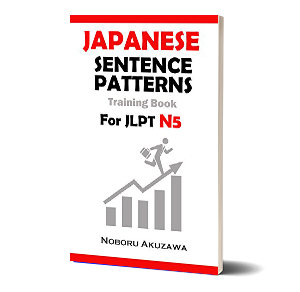
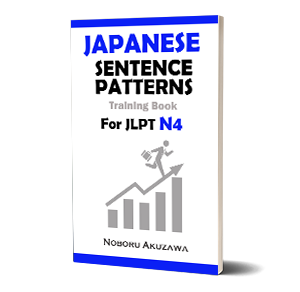
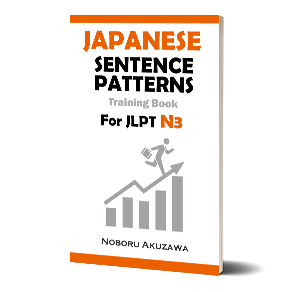
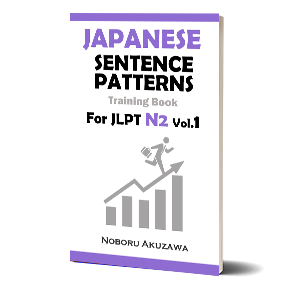
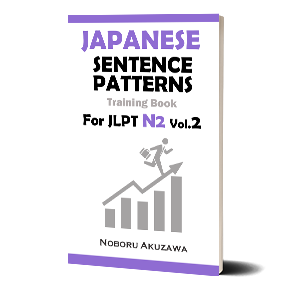

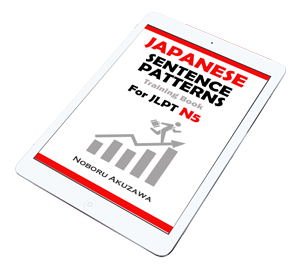
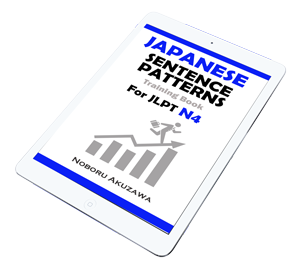
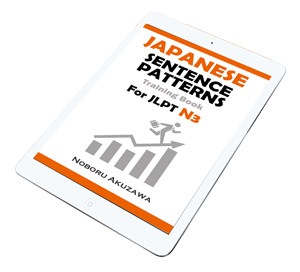

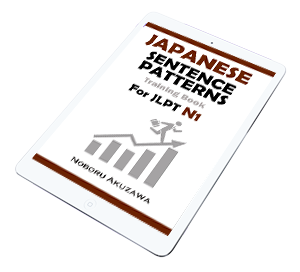



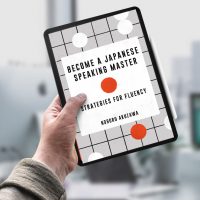




No comments yet.